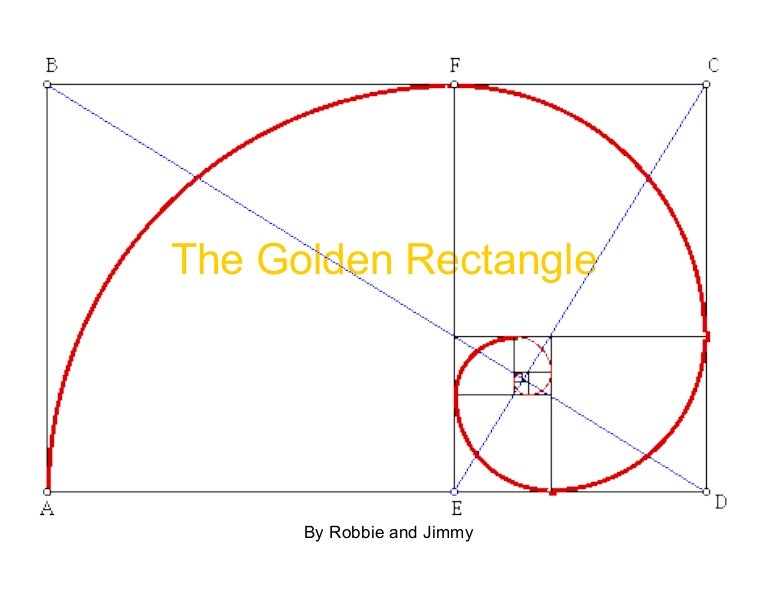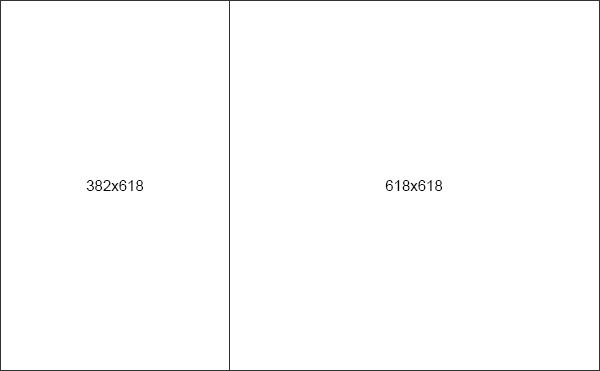
In his Sistine Chapel ceiling scene, The Creation of Adam, many believe Michelangelo made use of the golden ratio in order to convey the wondrous creation of human life as outlined in the Bible. Much like Da Vinci, the Italian Renaissance master Michelangelo was deeply fascinated by mathematics, and how ordered, rational proportions could be applied in order to create harmonious designs. Michelangelo, The Creation of Adam, 1508-12 The Creation of Adam, Michelangelo, 1508-1512, via the Sistine Chapel Da Vinci demonstrated his understanding of the golden ratio in many of his other artworks, including The Annunciation, 1472-6, Vitruvian Man, 1490, and perhaps even in the Mona Lisa, 1503-9.

In the image above, we can see how Da Vinci made use of the golden ratio formula throughout his painting, using it in multiple places to create a panoramic scene with an underlying mathematical order and harmony. During the Renaissance, artists called this compositional sequence “the divine proportion”, and even believed it had a spiritual, Biblical significance. One of the most famous examples of the golden ratio is Leonardo Da Vinci’s masterwork The Last Supper, 1495-8. Leonardo Da Vinci, The Last Supper, 1495-8 We see how the golden ratio was used by Da Vinci throughout his design for The Last Supper, 1495-8 Below, we look through some of the most famous artworks that demonstrate this neat compositional trick in action. The mathematician Martin Ohm first coined the term ‘golden ratio’ in Die Reine Elementar-Mathematik (The Pure Elementary Mathematics), in 1815, but by then, many artists and designers had already made use of the compositional technique. Little wonder then, that artists and designers through the centuries have seen this pattern as a means of replicating the wonder of nature in their art.Įxamples of the golden ratio patterns in nature As you can see in the example below, the sequence of divisions can carry on ad infinitum in a curve.Įxample of the golden ratio device in detailĪ curved line running from one corner of the square to the next creates a mathematically ordered sequence, which occurs throughout patterns in nature, such as pine cones, flowers, and shells, as well as storms and galaxies. In order to find the exact proportions of the golden ratio, you can divide a rectangle into two, making sure the longer part divided by the smaller part is equal to the whole length divided by the long part.

GOLDEN RECTANGLE EXAMPLES SERIES
The example below shows how the golden ratio looks – it appears as a large rectangle, divided into a series of squares. Many artists and designers throughout history have adopted this mathematical equation as a means of creating balance, order and symmetry.

Sometimes it is also referred to as the golden section, the golden mean, the golden number, the divine proportion, or the golden proportion. The golden ratio, also known as the divine proportion, is a mathematical ratio of 1:1.618, or Phi, with a decimal that stretches to infinity, closely linked to the Fibonacci sequence.


 0 kommentar(er)
0 kommentar(er)
